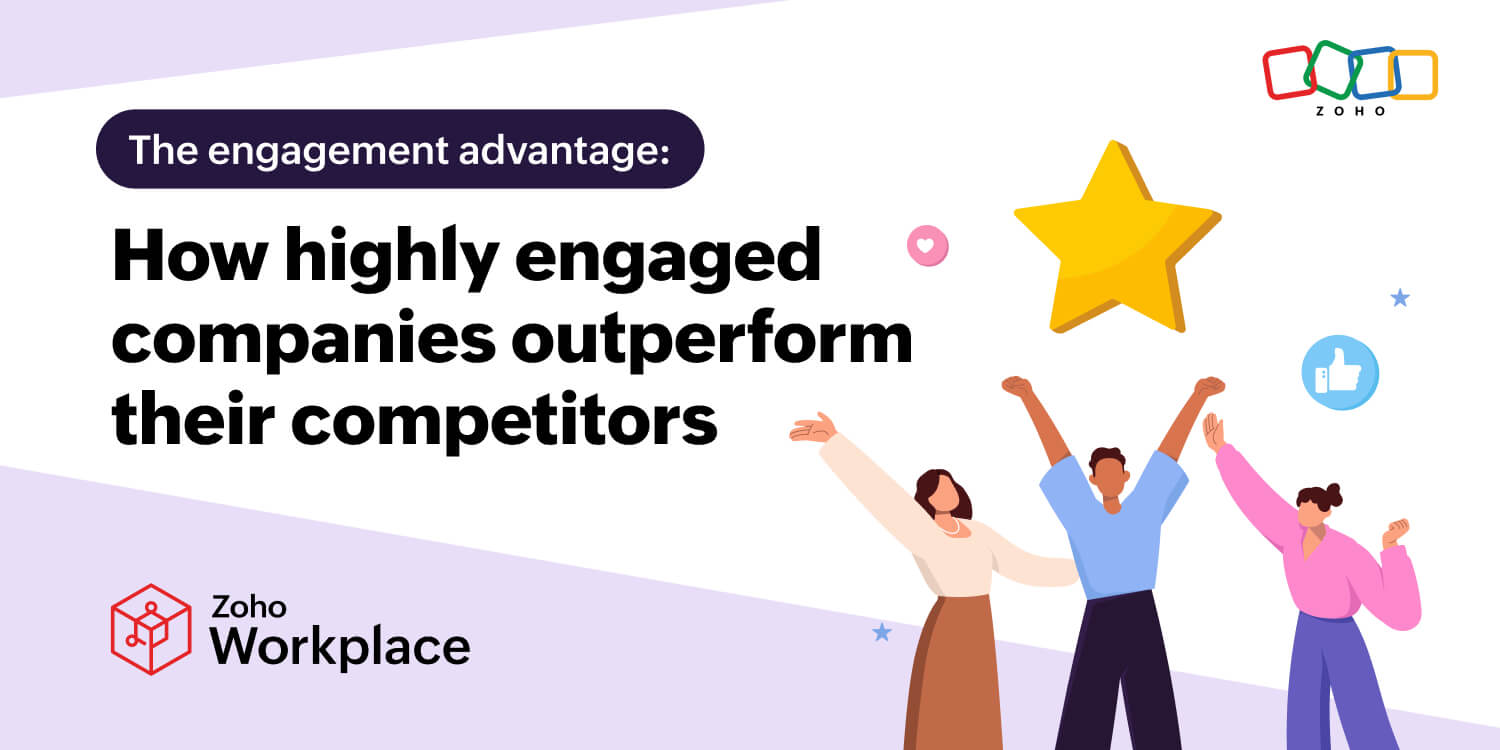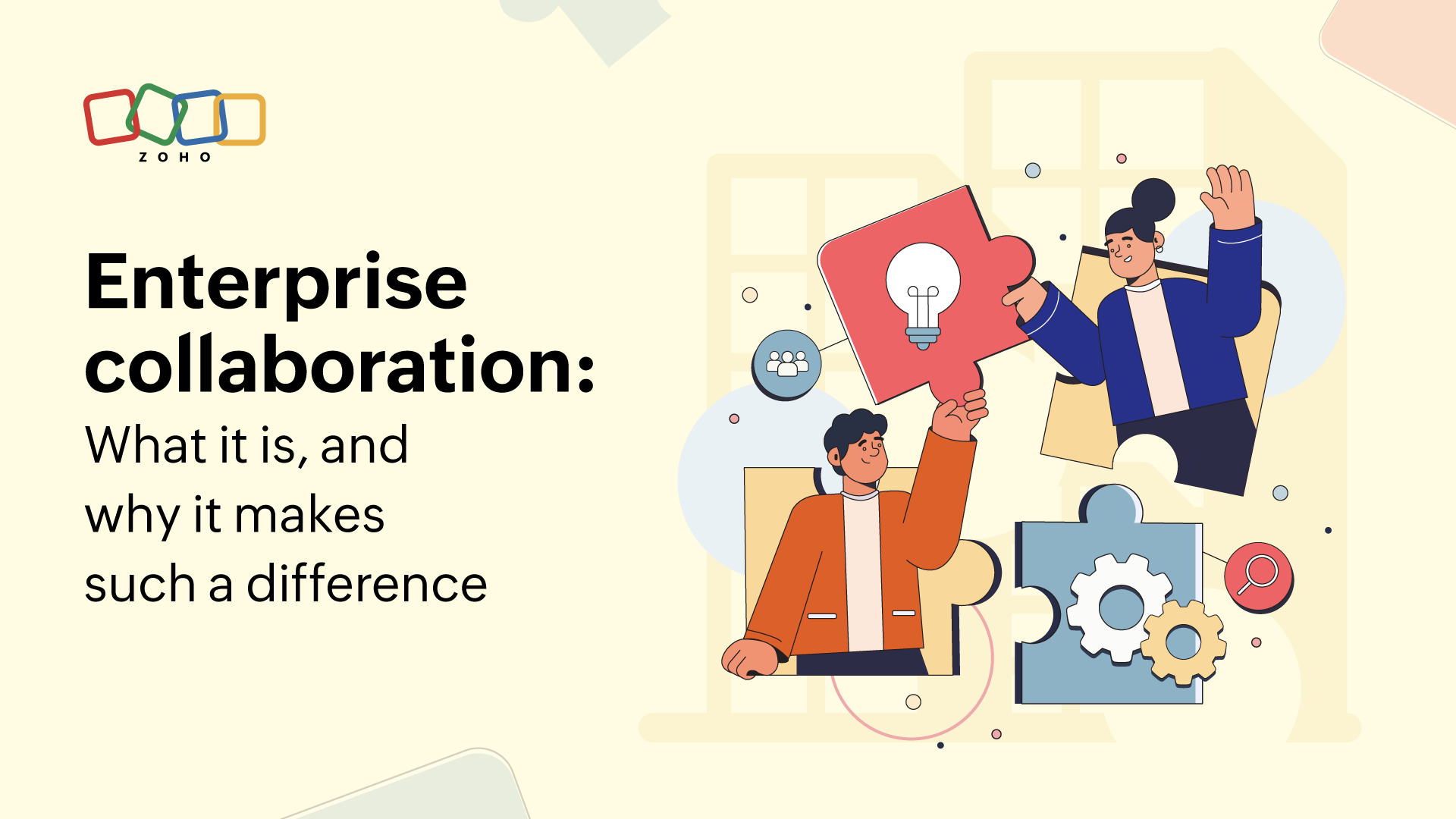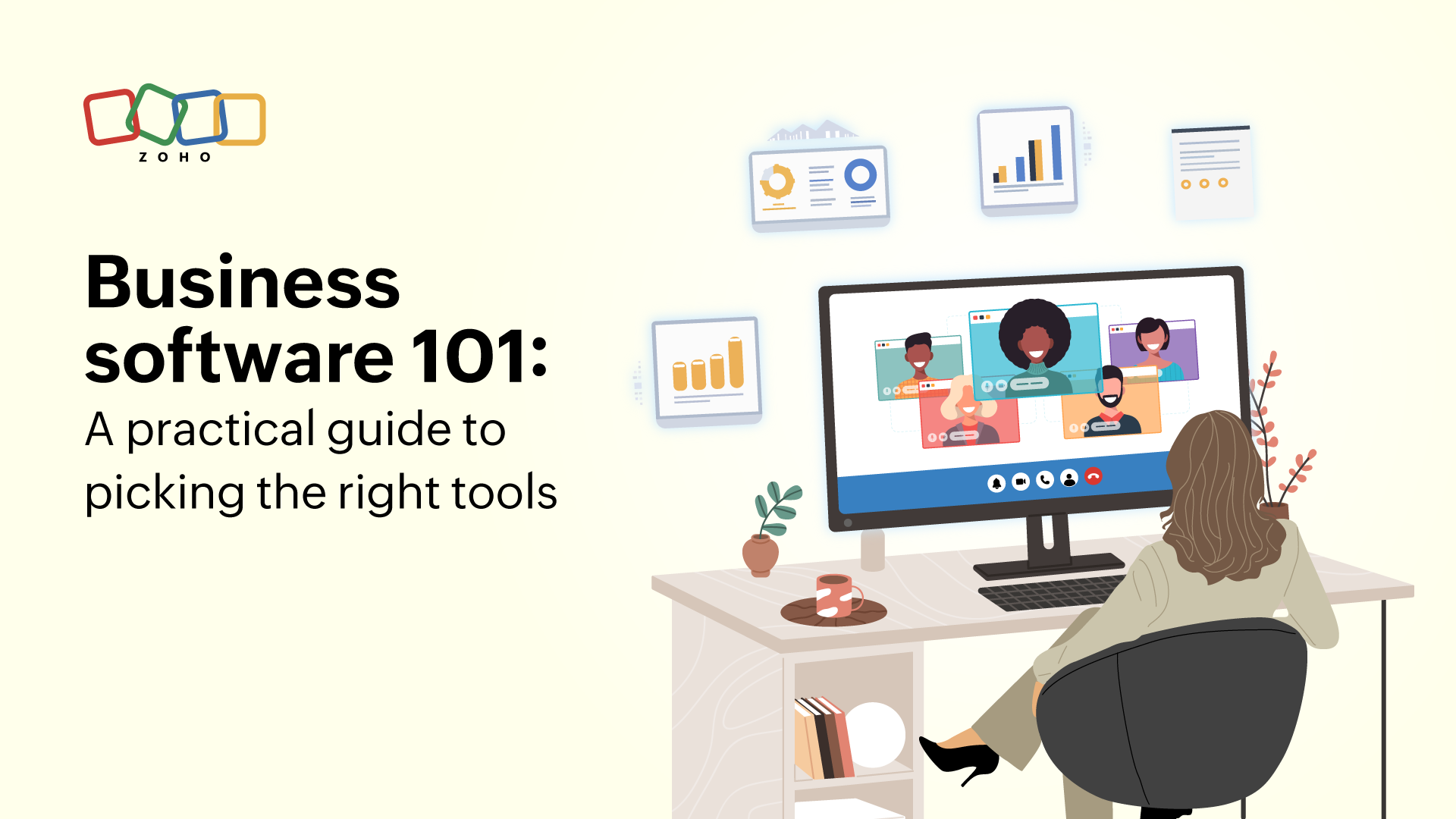- HOME
- All Topics
- Collaboration and Digital Workplace
- What is context switching? (And can it be avoided?)
What is context switching? (And can it be avoided?)
- Published : April 14, 2025
- Last Updated : April 30, 2025
- 7 Views
- 7 Min Read
How long do you think you’ll be able to read this blog post before you’re distracted by a notification or someone walking up to your desk with a question?
Office workers deal with constant interruption throughout their workday, pulling them away from what they’re working on to address the interruption. Then, when they come back to the initial task, it often takes a significant amount of time to get started again.
That’s because of context switching, and unfortunately, this common occurrence comes with some significant costs.

What is context switching?
Switching between projects or tasks throughout the day is a concept everyone’s familiar with. But the idea that there’s an actual cost to doing this—the concept we now know as context switching—is relatively recent. It comes from the book Quality Software Management: Systems Thinking, by computer scientist Gerald M. Weinberg.
In his book, Weinberg doesn’t just describe context switching (or project switching, as he called it then) as the act of changing from one task to another. This process costs lost time that you could spend on the tasks you’re switching between. This chart breaks it down.
Number of Tasks | % of Time Spent on Each Task | % of Time Lost |
1 | 100 | 0 |
2 | 40 | 20 |
3 | 20 | 40 |
4 | 10 | 60 |
5 | 5 | 75 |
More than 5 | Random | Random |
The more tasks or projects you have to switch between, the more time you lose switching between them—and the less you have to dedicate to the tasks themselves. Simply put, that’s what context switching is. Not just moving your focus between projects, but doing so at a cost.
In other words, context switching is the act of shifting cognitive focus from one task to another without completing the previous one. This disrupts productivity since our brain requires time to readjust each time attention is redirected between different tasks.
The impact of context switching on productivity
Based on Weinberg’s book, we know that context switching saps away productive time you could spend on important projects. But how exactly does that happen?
Beyond the actual time spent moving between tasks—like closing a window in your project management tool to open another—context switching has psychological effects that can seriously impact the way you work.
In one study, The Cost of Interrupted Work: More Speed and Stress, participants in a simulated office environment had to write and send an email. The catch? They were interrupted every two minutes by questions from a “supervisor” and expected to pause their task and answer them promptly.
The result? After only 20 minutes of working in these conditions, participants reported significantly higher stress, frustration, workload, effort, and pressure. That means context switching doesn’t just make you less productive; it makes you feel worse.
Another impact of context switching? The myth of multitasking. Despite our belief that we can write an email, review project work, and pay attention to a virtual meeting at the same time, we can’t. Our mind can only really focus on one thing at a time, and nowhere is that more obvious than when we have to switch between tasks.
In the book Brain Rules: 12 Principles for Surviving and Thriving at Work, Home, and School, developmental molecular biologist and research consultant John Medina describes the sequence your brain has to go through when it switches from one task to another:
Shift alert: The anterior prefrontal cortex activates, warning the brain it’s about to switch tasks.
Rule activation for task #1: The brain searches for the neurons needed for task #1 and activates them.
Disengagement: As you work on task #1, the stimulus that triggers a switch to task #2 (e.g. a coworker asking you a question, a message from your boss) makes your brain essentially power down the neurons needed for task #1.
Rule activation for task #2: The brain searches for the neurons needed for task #2 and activates them.
This entire process happens in less than a second, but the costs add up. According to Medina’s book, tasks interrupted in this way take 50% longer to accomplish and result in 50% more errors.
So, in summary, here are the impacts of context switching:
More stress.
More frustration.
More effort is needed for each task.
A heavier workload.
More pressure.
More time is needed for tasks.
More errors are made in each task.
It seems like the costs of context switching more than outweigh the benefits of multitasking. So what can you do?
Can context switching be avoided?
Here’s the bad news. You can’t avoid context switching completely. Unless you perform your day-to-day tasks alone in a cave—away from phone calls, email notifications, and coworkers—you’ll deal with interruptions at least a few times per day.
In fact, according to one study, office workers are interrupted an average of 25.5 times in their workday. Over an eight-hour workday, that’s one interruption roughly every 20 minutes.
Unfortunately, when more and more of your work relies on collaboration not just with your direct manager or team, but coworkers from other departments, you’re likely to see interruptions increase throughout your workday. That will come with impacts on your productivity, your mental health, and the quality of your work.
But while context switching can’t be completely eliminated, there are ways you can avoid the worst of these effects.
How to minimize the impact of context switching
While you may not be able to avoid all of the interruptions coming at you during your workday, there are some strategies you can use to eliminate many of them. Let's take a look at them.
1. Get your most important work done first.
If you know you’ll be dealing with constant interruptions, you can try to structure your day so you can get critical tasks taken care of before the distractions start pouring in. Thankfully, there are a few productivity methods you can use to make this happen:
"Eat the Frog": This unappetizingly-named method is based on a quote by Mark Twain, in which he says that if your job is to eat a frog, it’s best to do it first thing in the morning. If there’s one task on your plate you know is as unappealing as eating a frog, try to do it at the very beginning of your workday. That way, you’re less likely to get interrupted, and any interruptions that come later won’t get in the way of your most important work.
The one-task method: If looking at your to-do list makes you freeze, this might be the method for you. Pick just a single task, and make it the one thing you’re going to accomplish that day. By keeping this task in mind throughout the day—and through any interruptions that come along—you’ll have an easier time switching back. You’ll avoid the lost time jumping between tasks because you’ll always switch back to the same task after the interruption.
2. Try time blocking.
With time blocking, you can assign a task or project to each portion of your day and dedicate that time block to that specific task. While this won’t necessarily ward off most of the distractions in your day, it will prevent you from switching between tasks throughout the day, making the impacts of context switching worse for yourself.
You can, for instance, dedicate the first two hours of your day to a high-priority project. You can then spend two hours going through your email inbox, chat messages, and requests from coworkers. Then, after your lunch break, you can put your time towards handling lower-priority tasks.
By proactively breaking up your day, you’ll know exactly what you should be working on throughout the day. Even if you get interrupted by an email, a coworker’s question, or a meeting, you’ll know exactly what to come back to after it’s over.
3. Prioritize asynchronous communication.
One of the biggest sources of interruptions is communication. Coworkers coming by your desk to ask a question, meetings, phone calls, and emails are necessary for everyone to do their best work, but the context switching they bring with them means that everything takes more time.
That’s where asynchronous communication comes in. Any communication that doesn’t depend on both people being present at the same time is considered asynchronous. This includes emails, chat messages, and even post-it notes. By prioritizing this type of communication on your team, everyone has the flexibility to address requests and messages when they’re ready instead of having their important work interrupted.
4. Turn off notifications during preset focus times.
While asynchronous communication can do wonders for preventing some of the worst interruptions in your day, it does come with its own problem—notifications. Those little screens popping up at the bottom of your screen—and their accompanying ping—can quickly rip you out of whatever you’re working on, slamming the brakes on any progress you’ve made.
Turning off notifications for the majority of your day is rarely feasible, especially if you’re working on an important project. By blocking off specific, recurring stretches of time and muting notifications—and your team knows not to disturb you—can give you a solid stretch of time for working uninterrupted.
5. Automate what you can.
How many of your tasks could just as easily be taken care of by a machine? Whether it’s sending routine emails, triaging requests from other teams, or handling regular reports, automation tools can save you a ton of time and ensure that these tasks don’t interrupt high-priority work.
Your options for automating this sort of work vary. Project management tools like Zoho Workplace have built-in automations for the most routine tasks, while platforms like Zapier allow you to automate work across tools.
Automation can take away many of the interruptions you deal with on a daily basis, giving you more time to focus on work that really matters.
6. Take regular mental health breaks.
Because you can’t avoid every instance of context switching, it’s important to find ways to deal with the impacts it can have on your mental health. The added stress and frustration can compound throughout the day, which can quickly get unmanageable by the end of the week. That won’t just impact the quality of your work; it will affect every aspect of your life as well.
Plan for regular breaks during the day, even if they only involve a few minutes away from your work. If your office has dedicated break or nap rooms, consider sitting in them for a bit and letting your mind wander away from whatever you were working on.
What you do during these breaks is up to you. For some people, just a few minutes of quiet, intentional breathing can be enough to mitigate the worst effects of context switching. For others, regular meditation breaks work best.
Consider these breaks just as important as the work you’re doing, and you’ll avoid the worst impacts of context switching.
Switch less, focus more
Context switching is an inevitable cost of working in a more collaborative, connected way. It can significantly impact your productivity, your mental health, and the quality of your work. But by learning to minimize and work around interruptions, you can have a more productive and satisfying workday.
 Genevieve Michaels
Genevieve MichaelsGenevieve Michaels is a freelance writer based in France. She specializes in long-form content and case studies for B2B tech companies. Her work focuses on collaboration, teamwork, and trends happening in the workplace. She has worked with major SaaS brands and her creative writing has been published in Elle Canada, Vice Canada, Canadian Art Magazine, and more.


